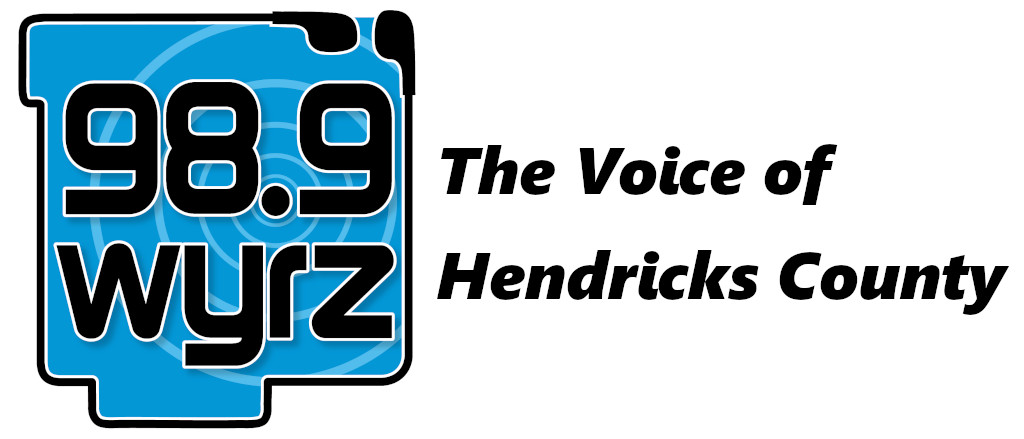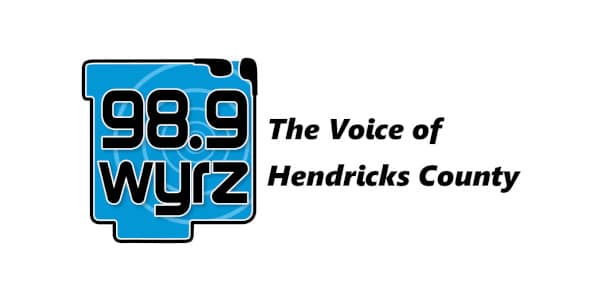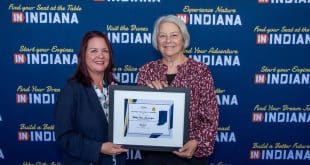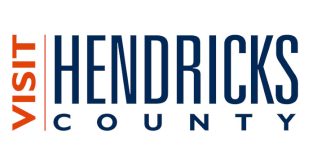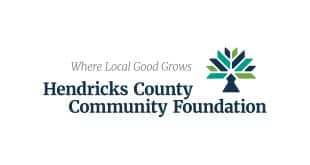INDIANAPOLIS (January 18, 2015) – IndyGo spent much of 2015 laying the groundwork for the exciting and innovative projects debuting this year.
The Downtown Transit Center (DTC), located at the southeast corner of Washington and Delaware, will open mid-year and offer an indoor passenger waiting area, free Wifi, public restrooms, ticket sales, and customer service. IndyGo announced the DTC project in early 2014 and broke ground September 2014. Thousands of historical artifacts dating back to the early 19th century were unearthed from the site during construction. IndyGo is working to preserve and display these key artifiacts. In 2016, system-wide route changes will be implemented to accommodate the DTC and improve service.
Since the 2009 – 2011 Indy Connect planning process, the Indianapolis Metropolitan Planning Organization (MPO), Central Indiana Regional Transportation Authority (CIRTA), and IndyGo, with support from business and community leaders, have been working to improve Central Indiana’s long term mobility options. “IndyGo is excited to be a leader in advancing transit with the help of our partners in the region,” said IndyGo President and CEO, Mike Terry.
As a short-term component of the Indy Connect plan, IndyGo spent 2015 refining a 5-year Marion County Implementation Plan and will unveil it for public feedback in early 2016. Improvements in the Plan include more frequent service, routes running 7 days a week with longer hours, more direct routes and crosstown services for easier transfers, and building 3 rapid transit lines, the Red, Blue, and Purple Line.
“Public involvement is a pivotal step in our planning processes. The feedback we receive is reviewed and used to make revisions to the plans,” stated IndyGo Director of Planning, Annette Darrow. The IndyGo Board is expected to adopt a final plan in March. A referendum could be on the November 2016 ballot that would fund construction and ongoing operations costs for the Marion County Plan.
The Red Line is the first of the 3 rapid transit lines. Phase 1 would run for 13 miles from Broad Ripple to the University of Indianapolis via Downtown Indianapolis, with extensions to the North and South coming as later phases. In 2015, IndyGo focused on public input of Phase 1 of the Red Line, attending more than 60 outreach meetings, including neighborhood association presentations, business forums, and public open houses. To fund Phase 1 of the Red Line, IndyGo applied for a $75 million Federal Small Starts Grant to be matched by $18 million in local funding. The Department of Transportation will make a decision early 2016 on the Small Starts grant awards. The Red Line would be the nation’s first battery-powered all electric BRT system.
IndyGo’s ridership maintained its strong average over the past several years of nearly 9.7 million passenger trips in 2015. In December IndyGo received the final shipment of its 21 fully electric buses and flipped the switch on a 1 Megawatt solar array, making it a transit leader in alternative energy. Additionally, the Indianapolis Department of Public Safety recognized IndyGo as a Government Agency Partner at the 2015 Recognition of Excellence Ceremony.
